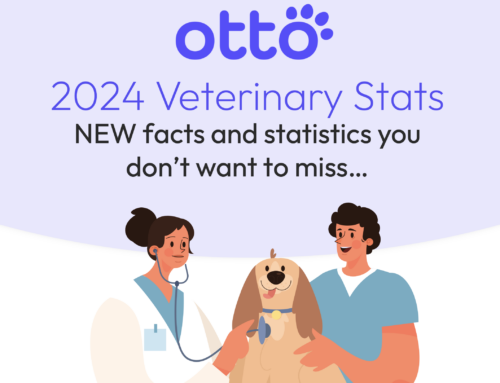
We did the math on how much veterinary clinics spend on processing fees.
The answer will blow your mind.
Do you know much you are spending on processing fees? We do.
To start with the answer first, the average clinic has the potential to save $10,000/year per veterinarian on processing fees. For the average 3-veterinarian practice, that’s $30K each year added to the clinic’s bottom line, or $150,000 for a 15-veterinarian animal hospital and so on.
The average clinic has the potential to save $10,000/year per veterinarian on processing fees
Dollars and sense
Truth is, most veterinary clinics are spending way more than they need to on processing fees. The average processing fee for the veterinary industry is right about 3.5%. Popular examples include Square which costs 3.5% for digital or keyed transactions, plus an additional $0.15 cents per transaction. Clover has similar fees of 3.5% + $0.10 cents per transaction.
These fees are important to know since we’ll use them in our calculation to see how much you can save. For now, let’s just remember 3.5%.
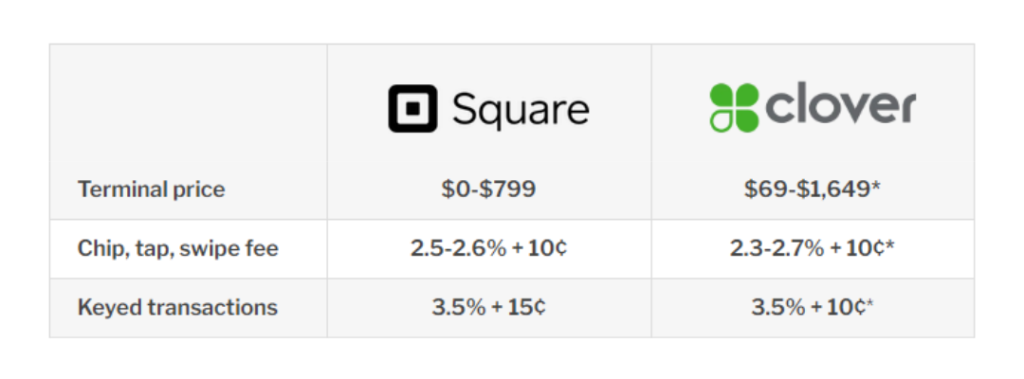
To figure out how much money you can save, we need to start with current industry benchmarks. According to the 2019 Well-Managed Practice® Benchmarks Study, the benchmark revenue for a full-time DVM was $734,000.
However, this is now 2021, and according to AVMA, practice revenue in 2020 was up 15-25% compared to 2019, depending on location. Taking the low-end increase, 15% on top of $734,000 is $844,100/year in revenue generated per DVM on average.
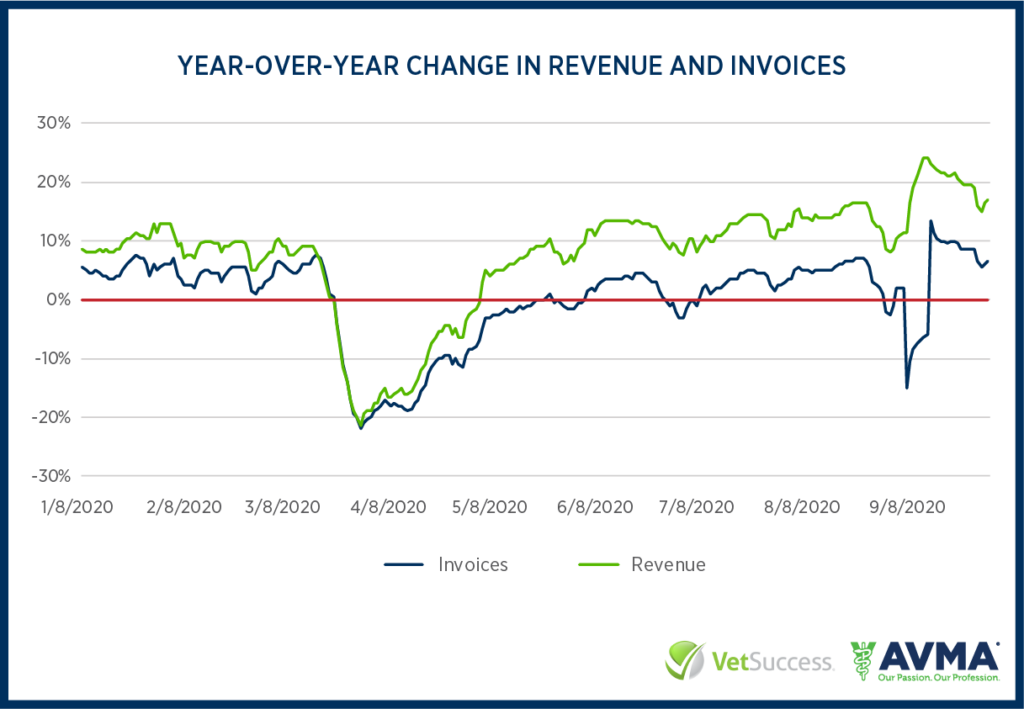
Measure twice, cut (costs) once
Before we move on, we’re talking about serious money here, so as good methodical scientists, it’s important to check our math. Let’s see if we can arrive at the above number another way. AVMA keeps an up-to-date dashboard on revenue and appointments for veterinary practices nationwide. For the past 12 months, those totals are $1.9 million average revenue and 12.4K visits per practice. Accounting class teaches us (Revenue) / (Visits) = Average Invoice. So, ($1.9 million) / (12,400) = $153 average invoice. Finally, according to dvm360, an average veterinary practitioner generates 5,500 invoices per year. Adding this all up now… ($153 average invoice) x (5,500 invoices) = $841,500.
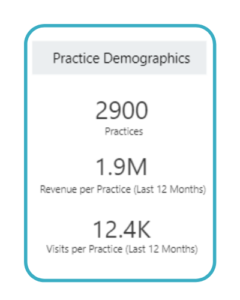
Okay, the math checks out. To be conservative, let’s use the slightly lower $841,500 number moving forward.
We mentioned earlier, the average practice has 3 veterinarians. $841,500 x 3 = just over $2.5 million in annual revenue for the average clinic ($2,524,500 to be exact).
A worthwhile practice
Now that we know how much we’re bringing in, let’s add in those processing fees and see how much they’re costing us. ($2,524,500 annual revenue) x (3.5% processing fee) brings your total to $88,358 spent each year on processing fees. That’s not even including those pesky little 15 cents per transaction. According to payscale.com, the average veterinarian in the US earns $84,240 per year. The average veterinary practice is literally paying more in processing fees than they are paying the doctor that treats the pet! We think that’s crazy.
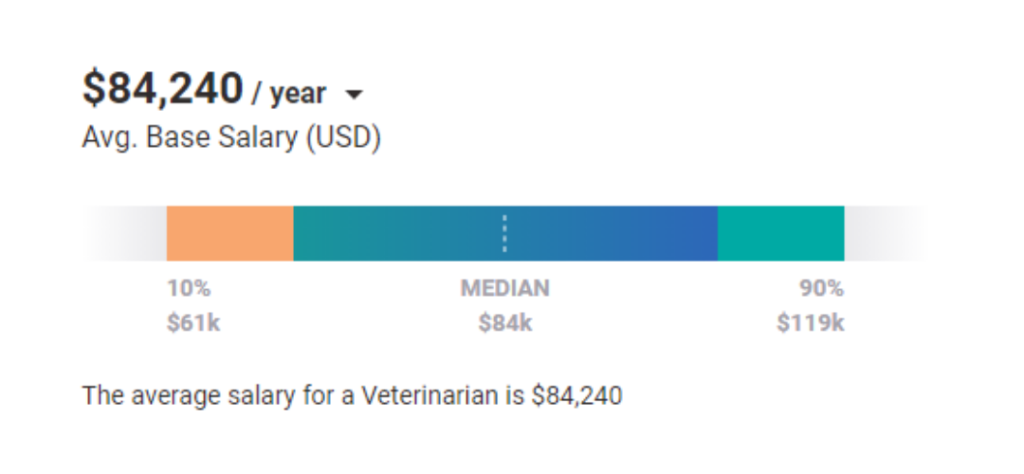
We now have enough data, cross-checked, from multiple sources, to bring our calculations full-circle. If you could reduce your processing fees by just 1% (2.5% instead of 3.5%), you would save nearly $30,000/year for a 3-vet practice, or $10,000/year per veterinarian.
How low can you go?
What if you didn’t stop there? At Otto we can help you reduce your processing fees. What if you could lower your rate to 2.0%? Or 1.5%? What if you could ELIMINATE YOUR PROCESSING FEES ALTOGETHER?
Sorry to scream at you in all-caps, but you see how these “small” fees can add up quickly over the course of tens of thousands of transactions. I’ll let your imagination run wild thinking of all the things you could do with the extra cash.
If you’re ready to save money and provide a phenomenal customer check-out experience, talk to us today to see how we can help!
Tell us how much you want to save, and we’ll make it happen.


